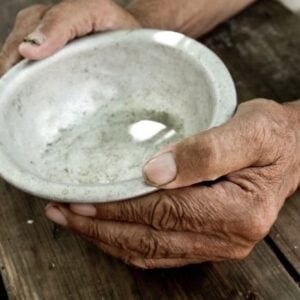A 6.9 magnitude earthquake struck northern Cebu, Philippines, on 30 September, killing at least 72 people and displacing more than 20,000 residents, officials and humanitarian agencies report. The tremor, with a shallow depth of approximately 10 kilometers, hit off the coast of Bogo City at 9:59 PM, sending residents fleeing into the streets. A brief tsunami warning was issued and later lifted.
Over 111,000 people have been affected across Bogo, Medellin, and San Remigio, with more than 200 injured. Widespread damage has been reported to homes, schools, churches, public buildings, seaports, and roads, hindering aid delivery. Authorities declared a state of emergency in four municipalities and mobilized response teams and a joint operations center.
Hospitals in northern Cebu are overwhelmed, with emergency medical teams deployed from neighbouring provinces. WHO Regional Director Saia Ma’u Piukala noted the strain on healthcare services and pledged support to government-led health response efforts.
Humanitarian partners are addressing urgent needs for shelter, clean water, hygiene kits, and medical support. The IOM is on standby to assist displaced families. More than 340 aftershocks have been recorded, with authorities warning tremors may continue.
The UN Country Team in the Philippines expressed “deepest sympathies and unwavering solidarity” with those affected, commending first responders, volunteers, and medical personnel.







